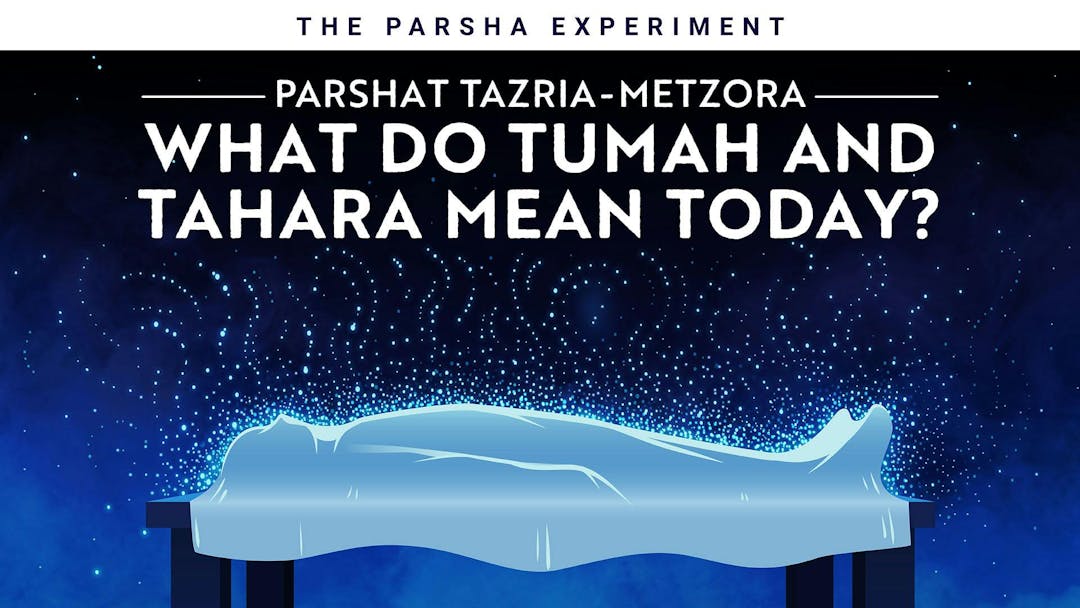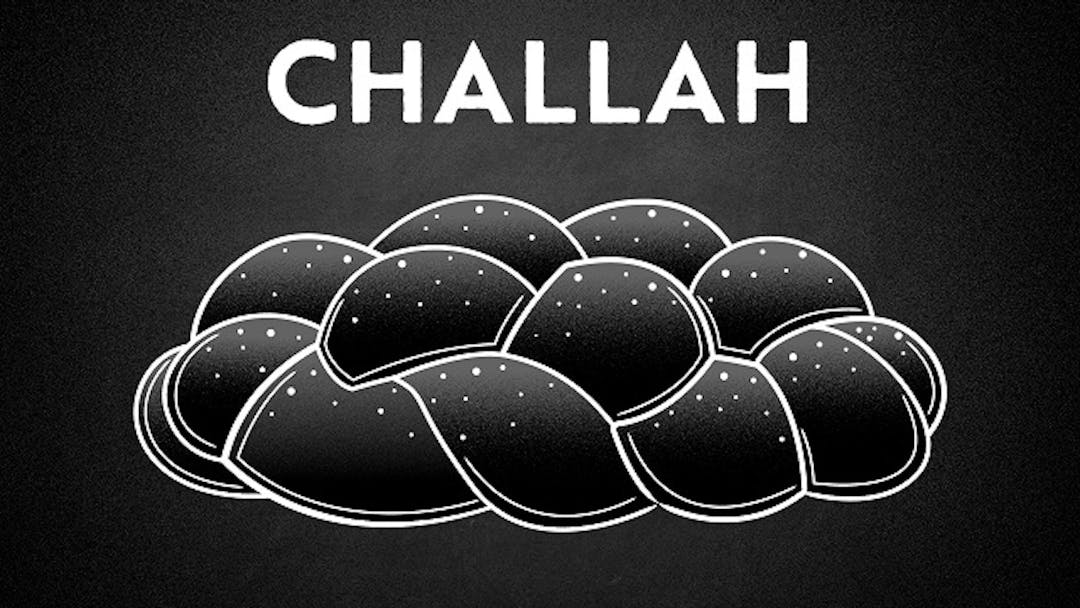Start your free trial today to unlock the full library and enjoy unlimited and uninterrupted access.
Get StartedThe Bizarre Purification Of The Metzora (Part 1 of 4)
The Tzaraat Purification Ritual: What Does It Mean?
In this week's parsha, we are introduced to a strange set of laws related to the metzora, one afflicted with the disease of tzara'at. In the following parsha, the Torah will explain, in great detail, how a person with this disease can become pure. But the purification ritual is bizarre; how can we relate to these bizarre Biblical purification rituals in a modern context? How should we understand what causes a metzora to lose his spiritual purity, and how purification rites help him gain it again?
In this video, Rabbi Fohrman begins to assemble clues, including the midrashic cause of tzara'at, the connection between a corpse and tzara'at, and echoes of this purification process earlier in the Torah. By highlighting these connections, the Biblical purification rituals for Tzara'at take on a whole new meaning, one that is still relevant today.
Want to watch the full video for free?
Enter your email and we’ll send you a link to watch the full series free.
What is Aleph Beta?
Aleph Beta is a unique kind of Torah library. Led by our founder, Rabbi David Fohrman, we are dedicated to high-level, textual Torah learning for adults that is intellectually and spiritually sophisticated, that enlivens your Jewish practice and helps you forge a deeper connection to God. Whether you’ve been learning in yeshiva for years or you’re just beginning your Torah journey, you’re sure to find something meaningful and surprising waiting for you here.
Browse our library of over 1,000 beautifully produced animated videos, podcasts, deep dive courses, and printable guides. Topics include the weekly parsha, Jewish holidays & fast days, laws & mitzvot, prayers, relationships, big philosophical ideas and more. Have something to say at the Shabbos table that will amaze your family and guests and bring deep meaning into their lives.











